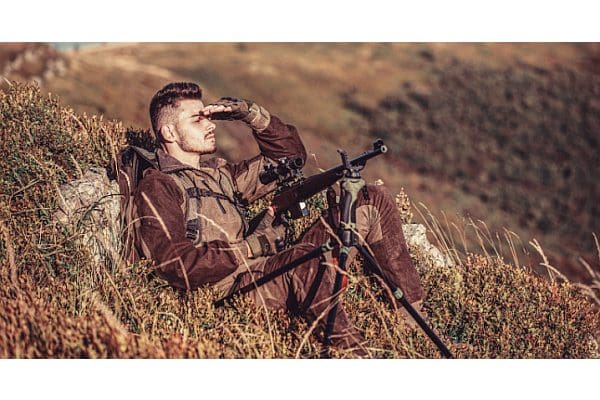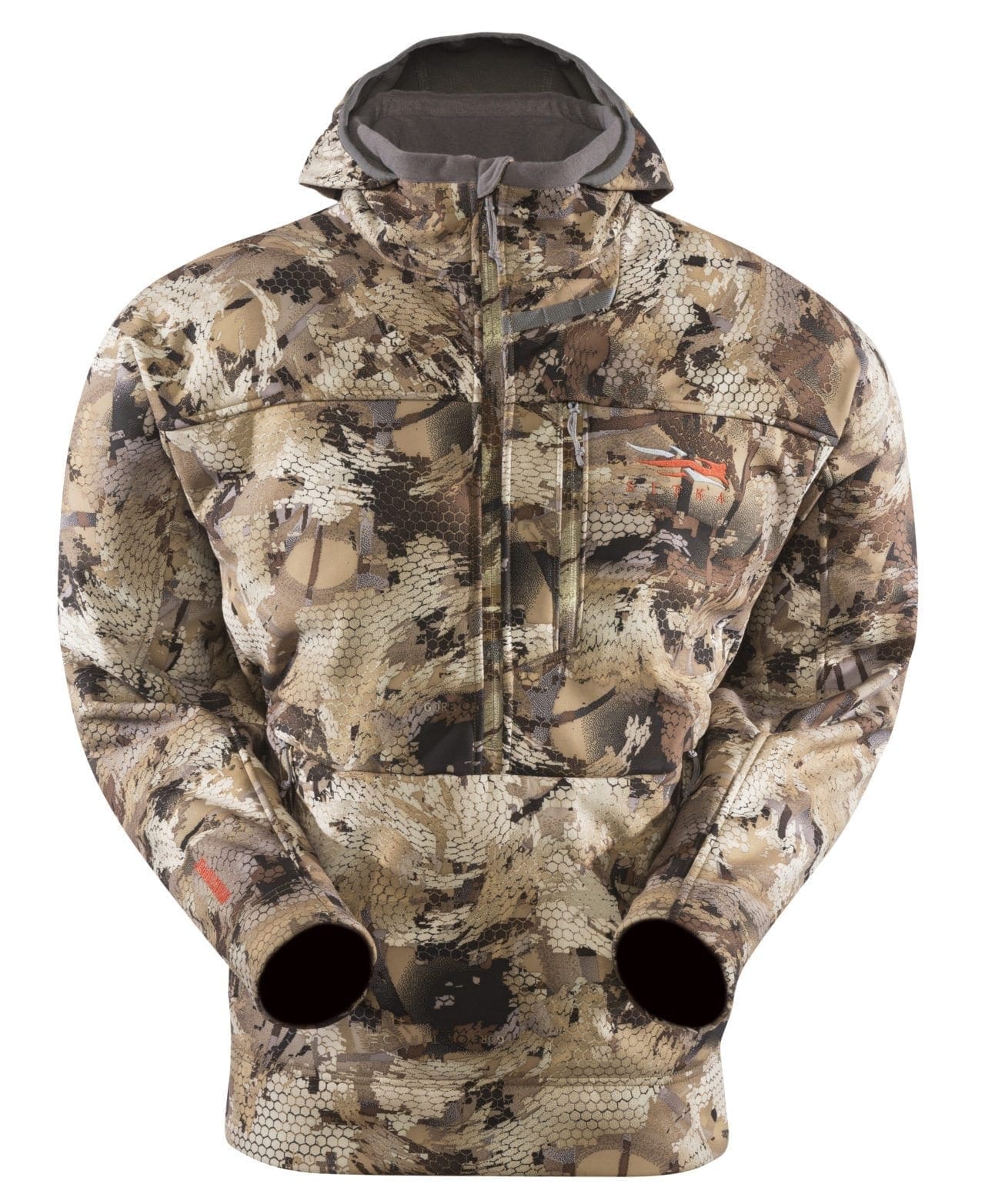Mastering Firearm Techniques: The Key to Successful Predator Hunting

This article will explore the importance of mastering firearm techniques for successful predator hunting. From understanding your weapon and proper sight alignment to position and movement in the field, we will provide tips and techniques to help hunters improve their skills and increase their chances of a successful hunt. We will also discuss the importance of practice and training and provide resources for further reading. Whether you are a seasoned hunter or just starting, mastering your firearm techniques is key to successful predator hunting. So read on to learn more and take your hunting to the next level.
Taking Aim: An Introduction to Mastering Firearm Techniques for Predator Hunting
Predator hunting is a demanding and exciting sport that requires a combination of skills and knowledge. One of the most critical skills for any hunter is handling and shooting a firearm accurately. Mastering firearm techniques is essential to make accurate shots and killing your prey.
This article will explore the key components of mastering firearm techniques for successful predator hunting. From understanding your weapon to proper sight alignment and trigger control, we will provide tips and techniques to help hunters improve their skills and increase their chances of success. If you want to learn more about everything you need about predator hunting, you can check out A Comprehensive Guide to Everything You Need for Tactical Predator Hunting to start.
Whether you are a seasoned hunter or just starting, mastering your firearm techniques is crucial to success in predator hunting.
Unlock Your Hunting Potential: A Guide to Understanding Your Weapon
Becoming familiar with your firearm is essential in mastering the techniques necessary for successful predator hunting. Knowing your weapon’s capabilities, limitations, and proper handling will allow you to make accurate shots and quickly adapt to any hunting situation.
Different types of firearms have other uses in predator hunting. For example:
- Rifles are versatile and accurate weapons that can be used for long-range shots. They are suitable for hunting predators such as coyotes, foxes, and bobcats.
- Shotguns are better suited for close-range, fast-moving predators such as raccoons and skunks.
- Handguns are typically used for close-range shots; they are suitable for hunting predators active in the early morning or late evening and in densely wooded areas where a rifle would be difficult to handle.
When choosing a weapon for predator hunting, it is essential to consider the following factors:
- Type of predator you will be hunting
- Terrain
- Type of hunting you plan to do
Here are some tips to help you choose the right weapon for the job:
- Try different firearms at a shooting range
- Consult with experienced hunters or guns experts
- Read articles and reviews on different types of firearms and their uses
o learn more about rifle selection for big game hunting, you can refer to the article Rifle Selection for Big Game Hunting for a more comprehensive review.
If you think your current gun is unsuitable for predator hunting, get a quote to sell your gun to Cash for Arms so that you can upgrade to a new gun.
Understanding your weapon is crucial in mastering firearm techniques for successful predator hunting. By familiarizing yourself with different types of firearms and their uses and choosing the right gun for the job, you will be able to make accurate shots and adapt to any hunting situation.
Perfecting Sight Alignment and Trigger Control Techniques: The Path to Predator Hunting Mastery
Proper sight alignment and trigger control are critical components of mastering firearm techniques for successful predator hunting. They are essential for making accurate shots and bringing down your prey.
Sight alignment refers to the alignment of your weapon’s front and rear sights with the target. Proper alignment ensures that the bullet will hit the target where you aim.
Trigger control refers to the ability to pull the trigger smoothly without disturbing the alignment of the sights. A smooth trigger pull allows for a surprise break and helps to minimize the movement of the sights during the shot.
Here are some tips for achieving good sight alignment and trigger control:
- Focus on the front sight
- Align the front and rear sights
- Pull the trigger smoothly and evenly
- Practice dry firing and live firing
Different types of sights include:
- Iron sights
- Optical sights
- Red dot sights
- Holographic sights
Iron sights are the traditional type of sight; they are simple and easy to use but require more concentration and practice to master.
Optical sights, such as scopes, magnify the target and make it easier to aim. They are popular for long-range shots but can be heavy and require more maintenance.
Red dot sights and holographic sights are similar to optical sights, but they project a red dot or holographic image onto the target, making it easier to aim. They are popular for close-range shots and fast-moving targets.
Proper sight alignment and trigger control are crucial for accurate shots and killing your prey. By mastering these skills and understanding different types of sights, hunters can improve their chances of success in predator hunting.
Position and Movement: The Essential Elements for Successful Predator Hunting
Position and movement are crucial in mastering firearm techniques for successful predator hunting. They can greatly affect your accuracy and ability to take down your prey.
Your position and movement can affect your accuracy in several ways:
- A stable shooting position will help you steady the weapon and make accurate shots.
- Your movement can cause the weapon to move and affect the alignment of the sights.
- Your movement can alert the prey and cause them to flee.
Here are some tips for finding a stable shooting position:
- Use a solid rest or support, such as a tree, rock, or shooting sticks
- Keep your body as still as possible
- Try different positions to find the one that works best for you.
Moving quietly and stealthily in the field is crucial for successful predator hunting. Here are some tips for moving quietly and stealthily:
- Move slowly and deliberately
- Avoid making noise by stepping on dry leaves or twigs
- Wear clothing and footwear that will help you move quietly
- Use cover and concealment to move undetected
Position and movement are important factors in mastering firearm techniques for successful predator hunting. By finding a stable shooting position and moving quietly and stealthily, hunters can improve their accuracy and increase their chances of success.
Sharpening Firearm Skills: Unlocking the Secrets of Predator Hunting
Practice and training are essential to mastering firearm techniques for successful predator hunting. Regular exercise and training will help you become more familiar with your weapon, improve accuracy, and adapt to different hunting situations.
Here are some tips for incorporating practice and training into your routine:
- Schedule regular practice sessions at a shooting range
- Incorporate live-fire training into your practice routine
- Try different types of targets and shooting scenarios
- Seek guidance and instruction from experienced hunters or firearms experts
- Use technology like laser simulators, shooting apps, and virtual reality training to train at home
- Practicing various shooting positions, both stationary and while moving, can help you improve your accuracy and be prepared for multiple hunting scenarios. Dry firing at home is also a good way to practice trigger control and sight alignment.
In addition to practicing with your weapon, it’s also important to stay physically fit and mentally sharp. Predator hunting often requires long periods of walking and waiting, so being in good physical condition will help you be more successful.
Regular practice and training are essential for mastering firearm techniques and becoming a successful predator hunter. Incorporating various training methods, seeking guidance, and staying physically fit will help you improve your skills and increase your chances of success.
The Firearm Finale: Concluding Thoughts on Predator Hunting Success
In this article, we have explored the key elements of mastering firearm techniques for successful predator hunting. From understanding your weapon and proper sight alignment to position and movement in the field, we have provided tips and techniques to help hunters improve their skills and increase their chances of success.
We have emphasized the importance of becoming familiar with your weapon, choosing the right gun for the job, and mastering proper sight alignment and trigger control. We have also discussed the importance of practice and training and provided tips for moving quietly and stealthily in the field.
To summarize, mastering firearm techniques is crucial for accurate shots and killing your prey. We encourage readers to take the time to master these skills and share their tips and experiences in mastering firearm techniques. If you want to sell your current or used guns, you can refer to the reputable gun buyer cashforarms.com.
Thank you for reading, and good luck on your next hunting trip!

